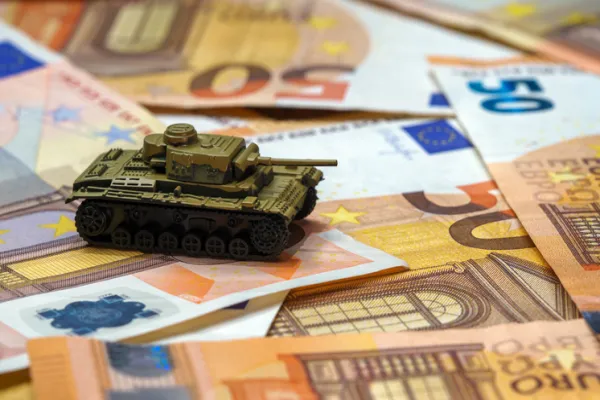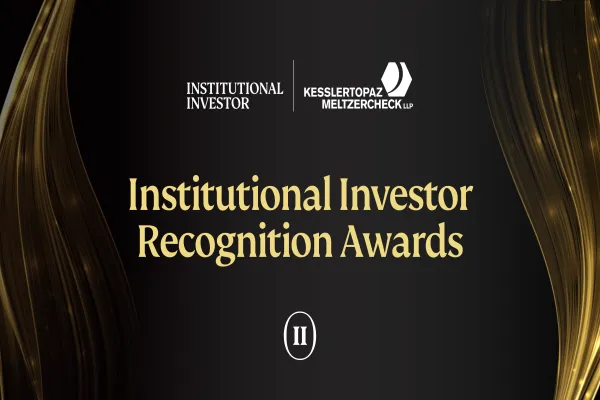This blog is part of a new series on Institutional Investor entitled Global Market Thought Leaders, a platform that provides analysis, commentary, and insight into the global markets and economy from the researchers and risk takers at premier financial institutions. our first contributor in this new section of Institutionalinvestor.com is AllianceBernstein, who will be providing analysis and insight into equities.
Trying to avoid a repeat of the last market disaster sows the seeds for the next one.
The collapse of large growth companies after the tech bubble burst in 2000 led to strong leadership by small-cap value stocks for many years. And the market plunge in 2008 has led to investors’ crowding into a number of “safe” trades, such as high-dividend stocks, Treasury bonds and passive equity strategies.
These are not unreasonable strategies, given today’s economic and political uncertainties. But with most investors on the same side, today’s “safe” trades have become very, very expensive. Five-year Treasuries, for example, now have negative yields on an inflation-adjusted basis. That suggests trouble down the road when the crowd tries to unwind their “safe” investments. And the extreme market slump over the last few weeks—driven by concerns about the global economy—has only increased the crowding and increased the potential problems that will occur when the inevitable unwinding begins.
Investors in today’s crowded “safe” trades may also pay a hefty opportunity cost by avoiding the undervalued stocks that stand to gain the most when the unwinding of “safe” strategies begins.
For example, both mega-cap and high-volatility (or cyclical) stocks are trading at record discounts. In addition, the number of leveraged-buyout or corporate acquisition candidates is close to previous peaks (Display), with provocative valuations passed over by gun-shy potential buyers.

The stocks most favored by active managers in recent years—those that are overweighted by the greatest number of managers—have underperformed by roughly 7% per year between 2008 and 2011. Such dismal returns by “high- conviction” companies are partly attributable to huge outflows from U.S. active managers into passive strategies, which forced sales of some of the largest positions. More generally, opportunity to profit from individual stock selection has been fairly limited, with outsize returns coming from a relatively small group of stable, high-dividend-paying stocks (Display). Interestingly, returns to companies with attractive price-to-book valuations (even outside of financials) are extremely poor, which reflects a broader skepticism over committing to underpriced stocks.

At the same time, crowded investments are inherently comfortable and can continue to attract capital for a long time. Arguably, crowded trades in tech stocks made the sector overvalued in early 1999—yet it continued to significantly outperform for another 15 months. Likewise, excesses in subprime mortgages were evident as early as 2005, but it took another three years before the bubble burst.
Similarly, today’s “safe” trades may become even more overvalued before they reverse. But when they do reverse, the rotation is apt to be painful for participants in today’s popular investments.
The key to avoiding the painful reversal of crowded trades, in my view, is to maintain thoughtful diversification, including exposure to “uncrowded” investments, such as buyout candidates, mega-caps and cyclicals. The payoff could be significant, especially if corporations pursue growth through acquisitions or China decides to undertake more direct investment in the US through equities instead of buying Treasuries. Likewise, the catalysts could come from pursuit of M&A activity by cash-rich corporations, or simply a rise in the rate of inflation.
Rebalancing is also critical, since the reversal of crowded trades—once it begins—can proceed very quickly. Rebalancing can also contribute substantially to returns through forced profit-taking and diversification if the markets remain volatile. We can’t know when the reversal will occur or what will trigger it, nor do we discount the very real risks that stocks are encountering today, but history suggests that we’ll eventually see change in the positive direction.
The views expressed herein do not constitute research, investment advice or trade recommendations and do not necessarily represent the views of all AllianceBernstein portfolio management teams.
Vadim Zlotnikov is Chief Market Strategist at AllianceBernstein






